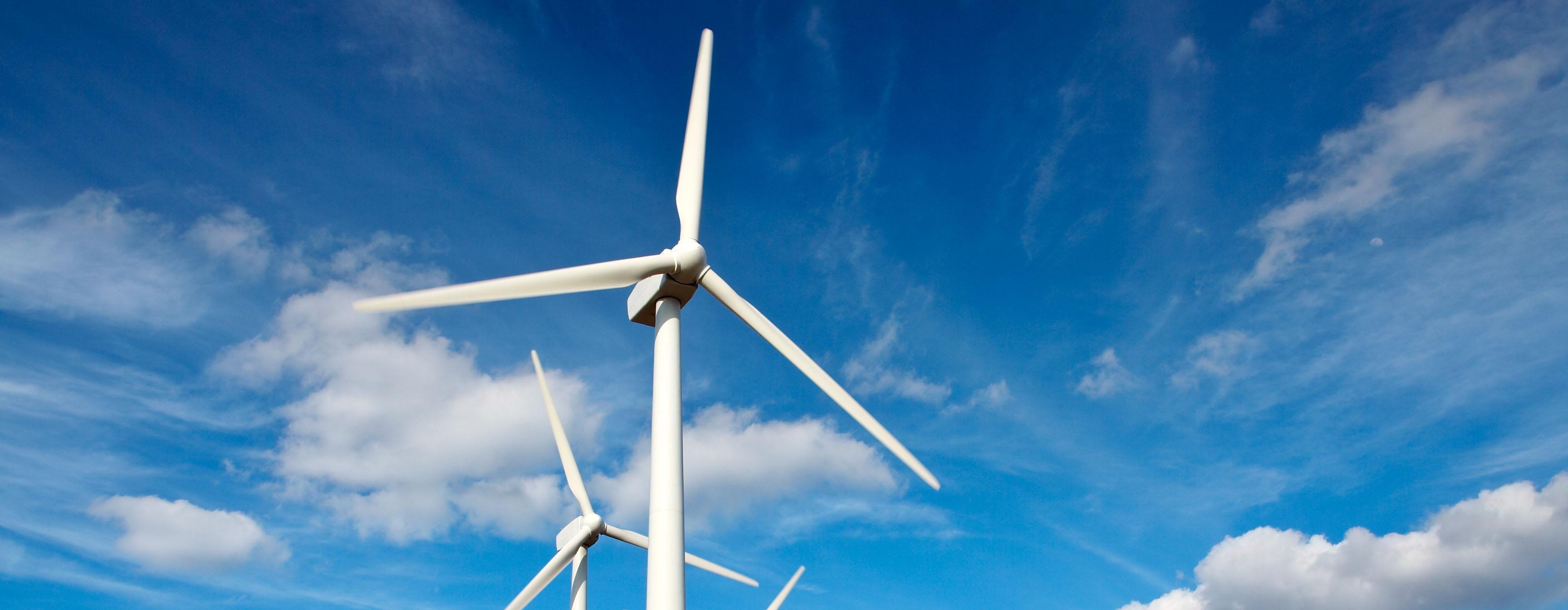You’ve surely seen them dotting the occasional hillside. Mammoth, almost alien starch-white structures, rail-thin and gracefully rotating as if propelled by magic.
We’re of course talking about wind turbines. They have a majestic look, but they’re more utilitarian in purpose. They produce an important source of renewable energy.
On a recent trip to RPI’s Center for Flow Physics and Control in Watervliet, we met a researcher who may well be revolutionizing the way we produce wind energy—by maximizing the energy output of a wind turbine.
Aeronautics Professor Michael Amitay took us into his lab, which houses the region’s only synthetic wind tunnel, to show us how his technology works. Watch our experience in the lab on an episode of Innovation Hall.
Harnessing the Wind with Jets of Air
by
Published on
• Last modified on

Harnessing the Wind with Jets of Air
Professor Amitay’s technology involves using small puffs, or jets, of air, released strategically to redirect the flow of air around a wind turbine blade. Much like an airplane, naturally unsteady streams of air (turbulence!) flowing around each wind turbine blade can create structural vibrations, which can cause reduced efficiency or breakage of the blades. That means less dependable wind energy output and expensive repairs.
Additionally, one of the major issues for wind power is that wind and air currents are variable. You’re not going to get consistent wind in all places, throughout all seasons, so wind power just isn’t a feasible renewable energy source everywhere. Professor Amitay’s synthetic jet technology can help there too, expanding a turbine’s efficiency in low or high-wind situations. That could mean more wind turbines dotting the landscape.
The synthetic jet tech application for wind turbines is still in the testing phase. The next step is to sell energy companies on its virtues.
Fascinated by wind energy technology? Read more about how wind turbines work here.
Additionally, one of the major issues for wind power is that wind and air currents are variable. You’re not going to get consistent wind in all places, throughout all seasons, so wind power just isn’t a feasible renewable energy source everywhere. Professor Amitay’s synthetic jet technology can help there too, expanding a turbine’s efficiency in low or high-wind situations. That could mean more wind turbines dotting the landscape.
The synthetic jet tech application for wind turbines is still in the testing phase. The next step is to sell energy companies on its virtues.
Fascinated by wind energy technology? Read more about how wind turbines work here.


